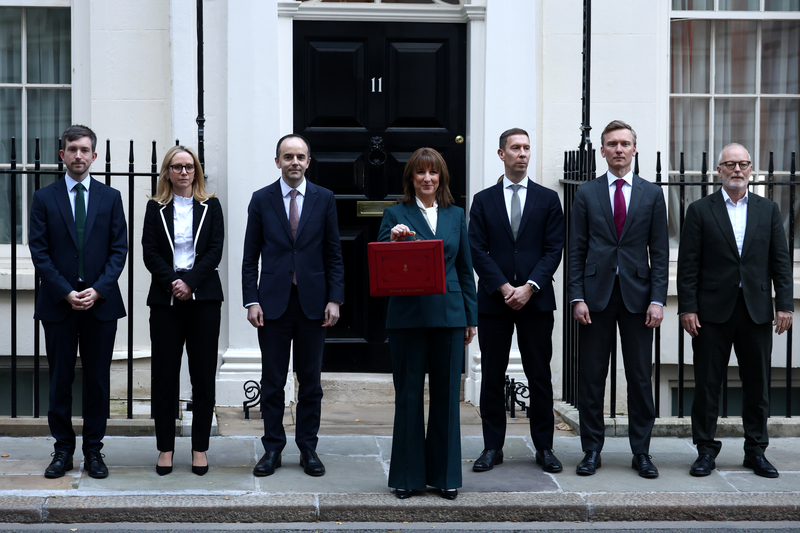
The subtle art of pitching to journalists…
Our Managing Director Tim Toulmin recently spoke to Ben Griffiths, our Specialist Partner for Media Relations, as they addressed the topic of ‘Understanding the Newsroom’ at our first Alder Intelligence webinar.
The discussion drew on Ben’s two decades of experience working at the UK’s biggest news brands, with Ben shining a light on the inner workings of newsrooms and the characters and stories which drive them. After an insightful and varied discussion, the practical advice Ben offered PRs, (and anyone for that matter), on pitching stories to journalists proved particularly helpful and valuable to our audience.
So according to Ben, what is the key to a good pitch? How does a PR get their story into the news? When should you contact a journalist? What should you avoid saying in an email?
The three key learnings are as follows:
Email subject line
Believe it or not, no matter how newsworthy a story is, it may never see the light of day if the subject line of your email isn’t crafted precisely. Journalists can receive at least a hundred emails a day from PRs alone, so it is important to avoid boring the journalist and to steer clear of jargon or industry-specific language. A simple yet teasing subject line of ‘Story for you?’ worked wonders for Ben across his time at News UK and Reach PLC.
The body
Once you have constructed a concise and appealing subject line, the next task is the body of the email. As an opening, asking a journalist how they are and then instantly jumping into your pitch comes across as disingenuous. Instead of faux pleasantries, open your email professionally and get straight into your points. Address the two key ‘why’ questions: why you are sending this email to this specific journalist and why it is relevant to their publication.
Tactics and Timing
It is imperative to both avoid round-robin emails and repeatedly email the same journalist day after day. A journalist can spot a round-robin email and will instantly ignore the message. Although time-consuming, it is important to direct your pitches separately to each individual contact. The constant pestering of journalists with general pitches will damage your reputation and any future opportunity for work with the journalist and their peers.
In terms of timing there are two key slots when it is most advisable to contact a journalist and pitch a story. Between 7am and 9am presents a good opportunity as journalists are gathering stories for their initial editorial meetings and the day has not become overly frantic just yet. Similarly, in the quiet lull between 2pm and 4pm offers a valuable opening for you to catch a journalist as they are not caught up by the morning rush and meetings have generally quietened down.
Bonus Tips
Don’t be afraid to pick-up the phone! This is becoming a dying practice, but many journalists will prefer this old school approach and it instantly makes your pitch more personal and establishes a much more authentic relationship with the journalist.
Don’t be afraid to send something ahead of the event. Journalists are good at forward-planning, and you are essentially doing them a favour by providing them stories in the pipeline. It is much easier for the journalist to draw up a piece and get it featured in the outlet if they are made aware of the story prior to the event rather than on the day itself.
Employing these straight-forward yet impactful tips will help you catch a journalist’s attention and give your story the best chance of breaking into the news cycle.
If you enjoyed this article, keep an eye on our LinkedIn page as we look forward to the next discussion in our ‘Alder Intelligence’ series.


